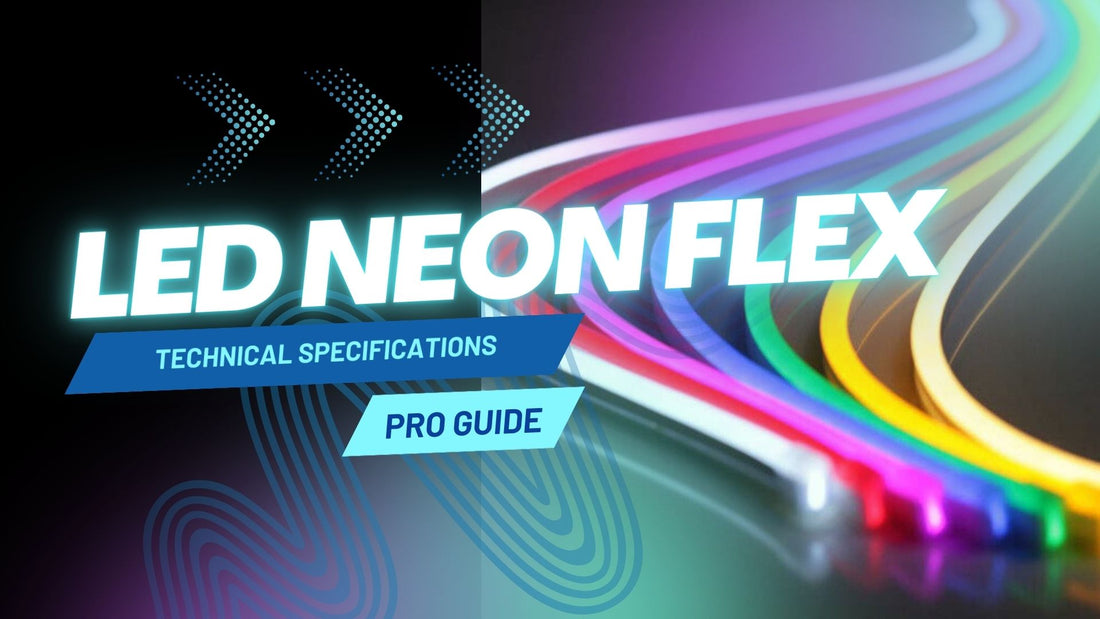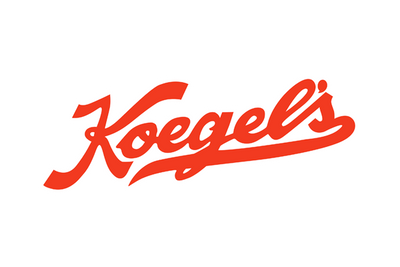
LED Neon Flex - Specifications & Pro Guide
Chris DiproseShare
LED neon flex is the most common lighting component in modern signage and lighting solutions. In this article, I explain its capabilities, strengths, and weaknesses and how it can be used.
- Can be molded to suit almost any shape or design.
- Can be cut and joined to allow for complex, intricate uses.
- Available in fixed color and color-changing options.
- Fully dimmable and capable of being programmed for complex lighting effects.
Below is an overview of LED neon flex and light strips.
What is LED Neon Flex?
LED neon flex is a flexible strip of LED lights mounted inside a PVC, silicone, or PU casing to diffuse the light and create a uniform effect.
The LED lights inside the trip are small, and the casing is flexible, which means the tubing can be molded to most shapes or designs. To provide more rigidity, it is often mounted to a more rigid acrylic backing.
These LED neon strip lights are available in fixed-color and changeable-color strips, called RGB and Dynamic Neon. Once coupled with an appropriate light controller, the brightness can be controlled.
LED neon flex can be weatherproofed for outdoor use.

There are 24 colors of LED light strips - and additional multi-color and color-changing strips
Capabilities- 24 Colors: Available in fixed color, RGB, and Dynamic Neon.
- Energy-Efficiency: Low-power usage, consumes significantly less energy, eco-friendly.
- Moldable: Can be molded into nearly any 2D or 3D shape, with a bending radius of 2″.
- Durable: Waterproof, UV light resistant, and suitable for indoor and outdoor use.
- Safe: Generates no heat and uses no harmful chemicals.
- Cut & Join: Can be cut and joined to any length.
- Fully Dimmable: Can be dimmed with a remote controller.
Applications & Uses
LED Neon Flex lights are versatile and can be used for a variety of applications such as:
- Signage and advertising
- Architectural lighting
- Event and home decor
- Retail displays
- Marine lighting
- Automobile lighting
- Lighted artwork
- Landscape lighting
Examples of Neon Strip Lights & Signs








Conclusion
LED neon flex represents the cutting edge in lighting technology, offering unmatched design flexibility and ideal solutions for business signage, artistic projects, and home decor.
If you have further inquiries or would like to discuss a custom sign, please use this form to contact our team for a no-obligation consultation, complete with a free design and quote.
FAQ
How long does LED neon flex last?
Typically between 10 to 15 years with regular use.
What is neon flex light?
A neon flex light is made from LED lights encased in flexible plastic tubing. It is bright and long-lasting and suits most lighting applications, both indoors and outdoors.
We use neon flex lights when making all of our LED neon signs.






